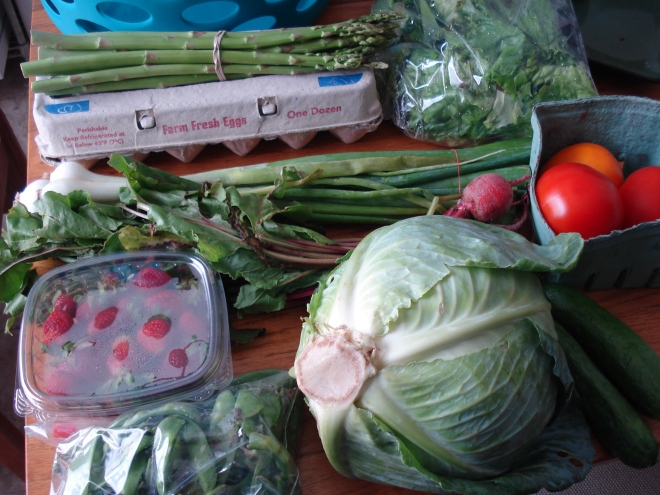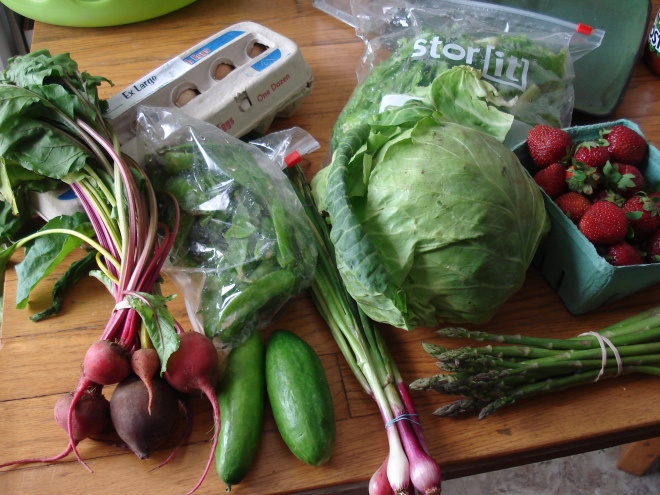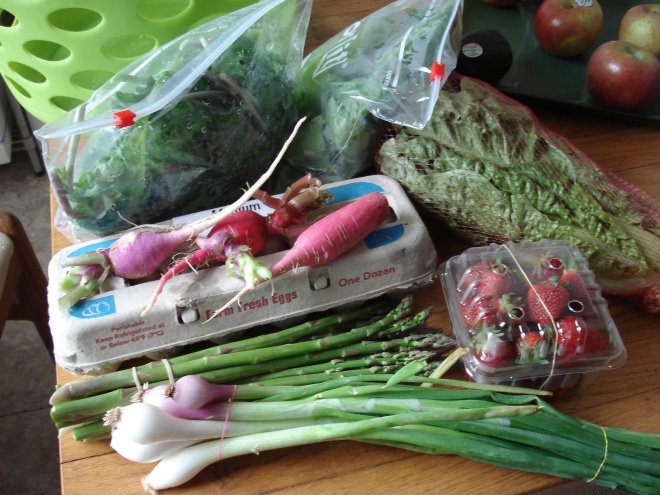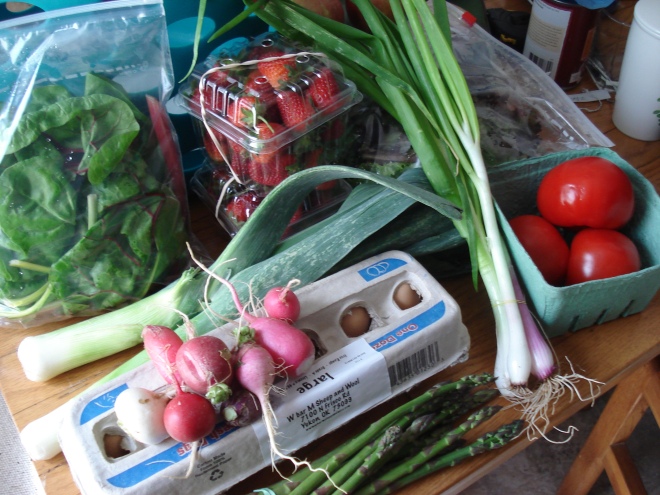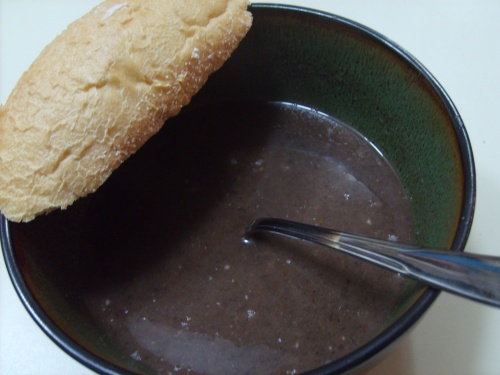
It is no secret that I love to cook. I have thousands of recipes saved to try, a not small collection of cookbooks, and my favorite gifts are more kitchen supplies. However, after a long day at work, I just can’t seem to find the energy to do more than pick up fast food or eat only chips and salsa. I’m somehow terrible at meal planning. It’s not the process that messes me up. I make plans and shop with the best of them. But when it comes to the actual cooking, I have no energy, even if it was something that I was excited to make.
You might say “Well, get on the meal prep trend, Shay!” The one where someone spends hours on the weekend making breakfast, lunch, and dinner for the week. And if I wasn’t trying to cram everything else into my weekend, that might be a good idea.
My husband, Andrew, came up with this idea of the “5 Stars”. He gets home at least an hour before I do, and he said, “I can cook. Let’s plan some simple meals and then I can have dinner ready for you when you get home.” (Isn’t he the best?)
The 5 Stars are basically theme nights. Initially, we are using:
- Taco Night
- Sandwich Night
- Appetizer/Snack Night
- Sheet Pan/One Pot Night
- Stir Fry Night
The idea is that they are specific enough to stick to, but flexible and simple enough to not get bored. They don’t align to specific days. We pick what flavors we want, shop for that on the weekend, and then make whichever one we feel like each night. We tried to pick things that don’t typically take more than 30 minutes to an hour to cook. This also allows me to try new recipes on the weekend when I’ll have plenty of time. The picture at the top is the results of one of the Stir-Fry Nights.
After a couple of months, we’ll evaluate and maybe trade some out for other different themes. We are not applying this to breakfast or lunch. We typically take leftovers for lunch, and breakfast depends on what we have around the house.
Do any of you use something similar to the 5 Stars? What are your favorite theme nights? Or, if you don’t use theme nights, what is your plan for dinner? How do you manage low energy days?
